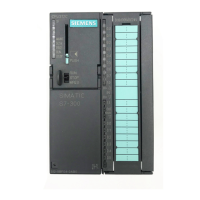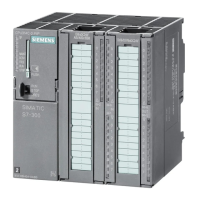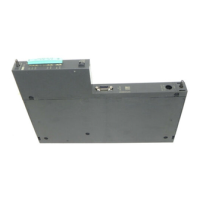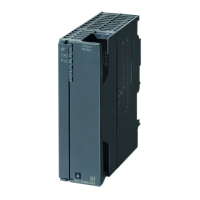Appendix
A.1 Information about upgrading to a CPU 31xC or CPU 31x
CPU 31xC and CPU 31x, Technical Data
Manual, 01/2006 Edition, A5E00105475-06
A-3
Note
If you are using SFC 56 "WR_DPARM" or SFC 57 "PARM_MOD", you should always
evaluate the SFC's BUSY bit.
• SFC 13 "DPNRM_DG"
On CPUs 312 IFM to 318-2 DP, this SFC always works "quasi synchronously" when it is
called in OB82. On CPUs 31xC/31x it generally works asynchronously.
Note
In the user program, the job should merely be started in OB 82. The data should be
evaluated in the cyclical program, taking account of the BUSY bits and the value returned
in RET_VAL.
Hint
If you are using a CPU 31xC/31x, we recommend that you use SFB 54, rather than SFC
13 "DPNRM_DG".
SFC 20 "BLKMOV"
In the past, this SFC could be used with CPUs 312 IFM to 318-2 DP to copy data from a non
runtime-related DB.
SFC 20 no longer has this functionality with CPUs 31xC/31x. SFC83 "READ_DBL" is now
used instead.
SFC 54 "RD_DPARM"
This SFC is no longer available on CPUs 31xC/31x. Use SFC 102 "RD_DPARA" instead,
which works asynchronously.
SFCs that may return other results
You can ignore the following points if you only use logical addressing in your user program.
When using address conversion in your user program (SFC 5 "GADR_LGC",
SFC 49 "LGC_GADR"), you must check the assignment of the slot and logical start address
for your DP slaves.
• In the past, the diagnostic address of a DP slave was assigned to the slave's virtual slot
2. Since DPV1 was standardized, this diagnostic address has been assigned to virtual
slot 0 (station proxy) for CPUs 31xC/31x.
• If the slave has modeled a separate slot for the interface module (e.g. CPU31x-2 DP as
an intelligent slave or IM 153), then its address is assigned to slot 2.

